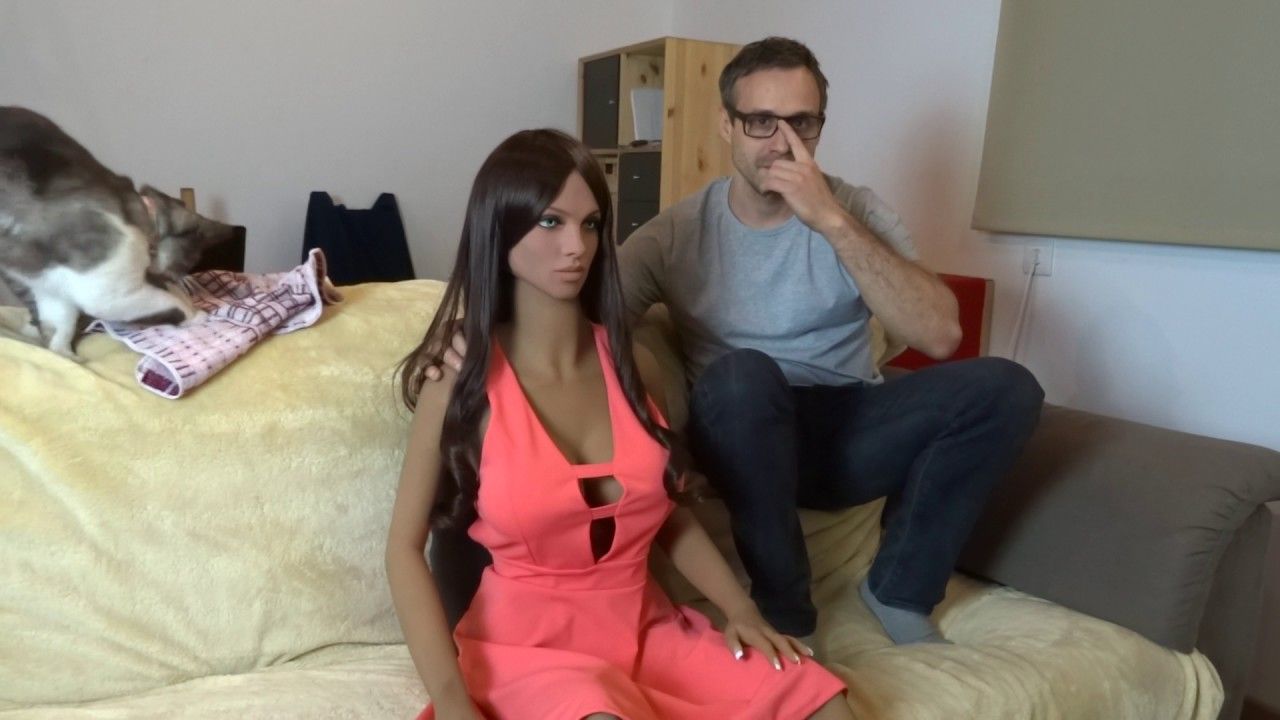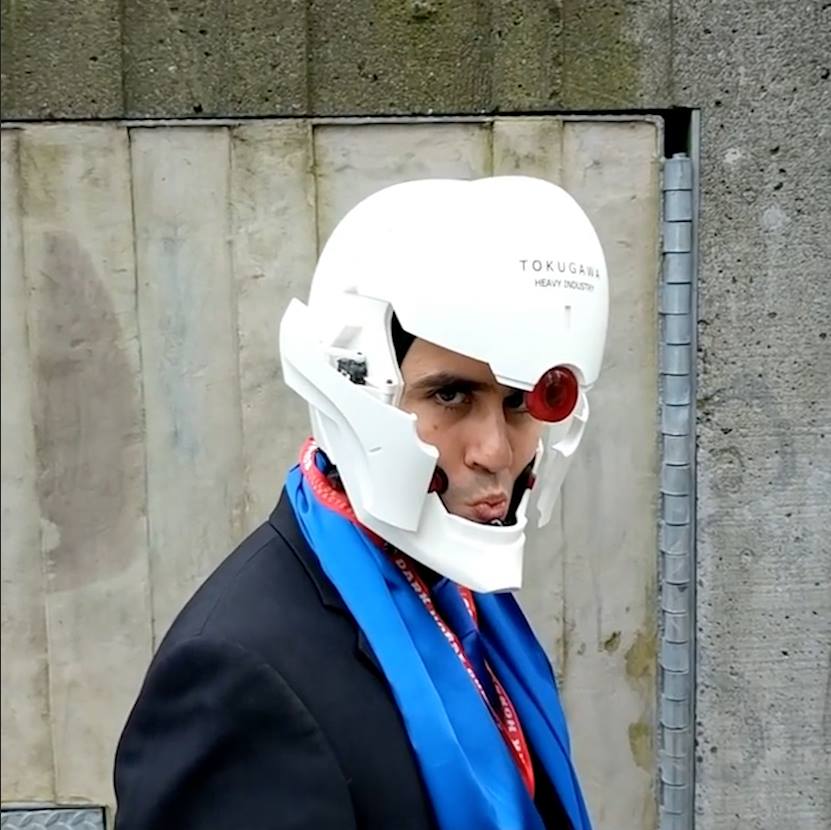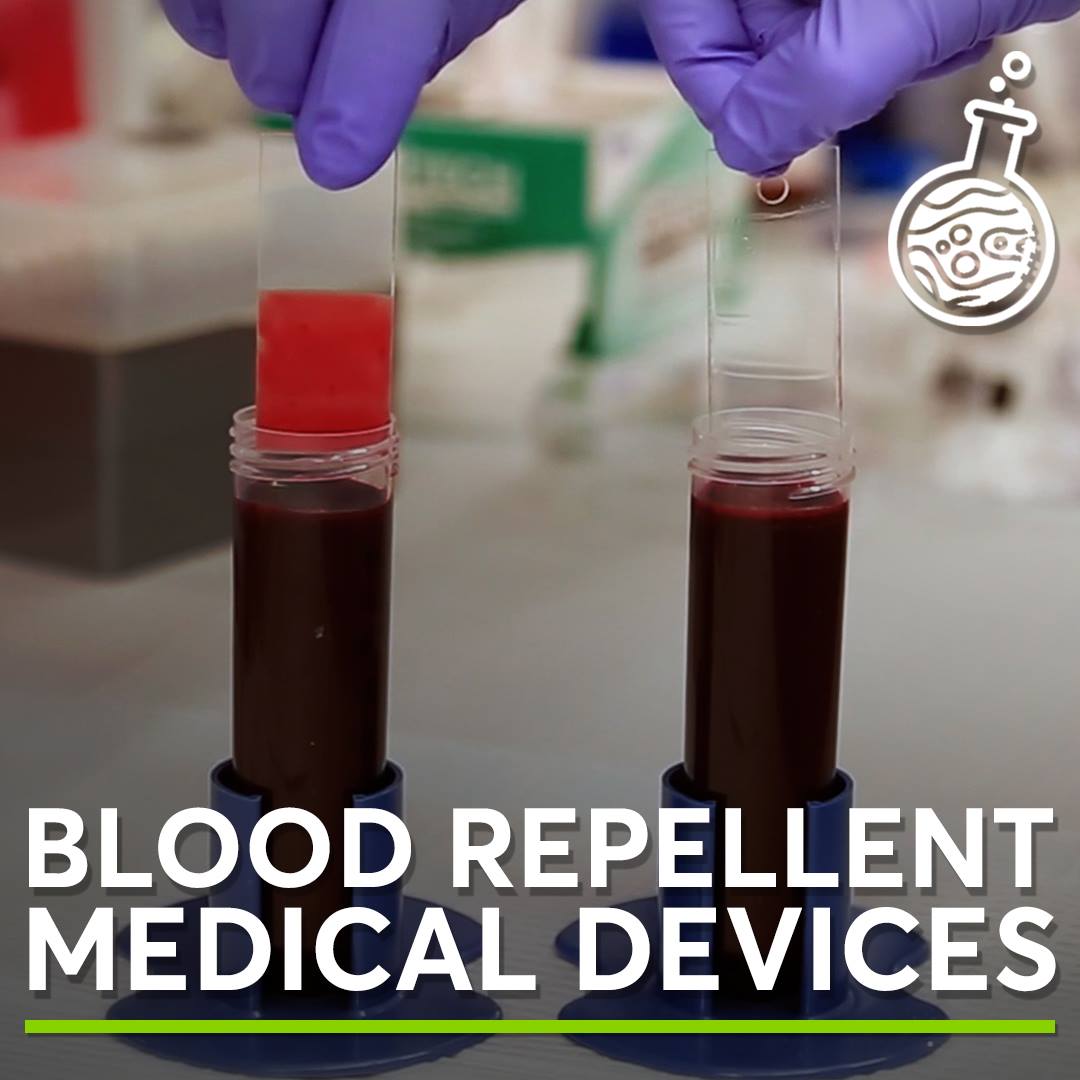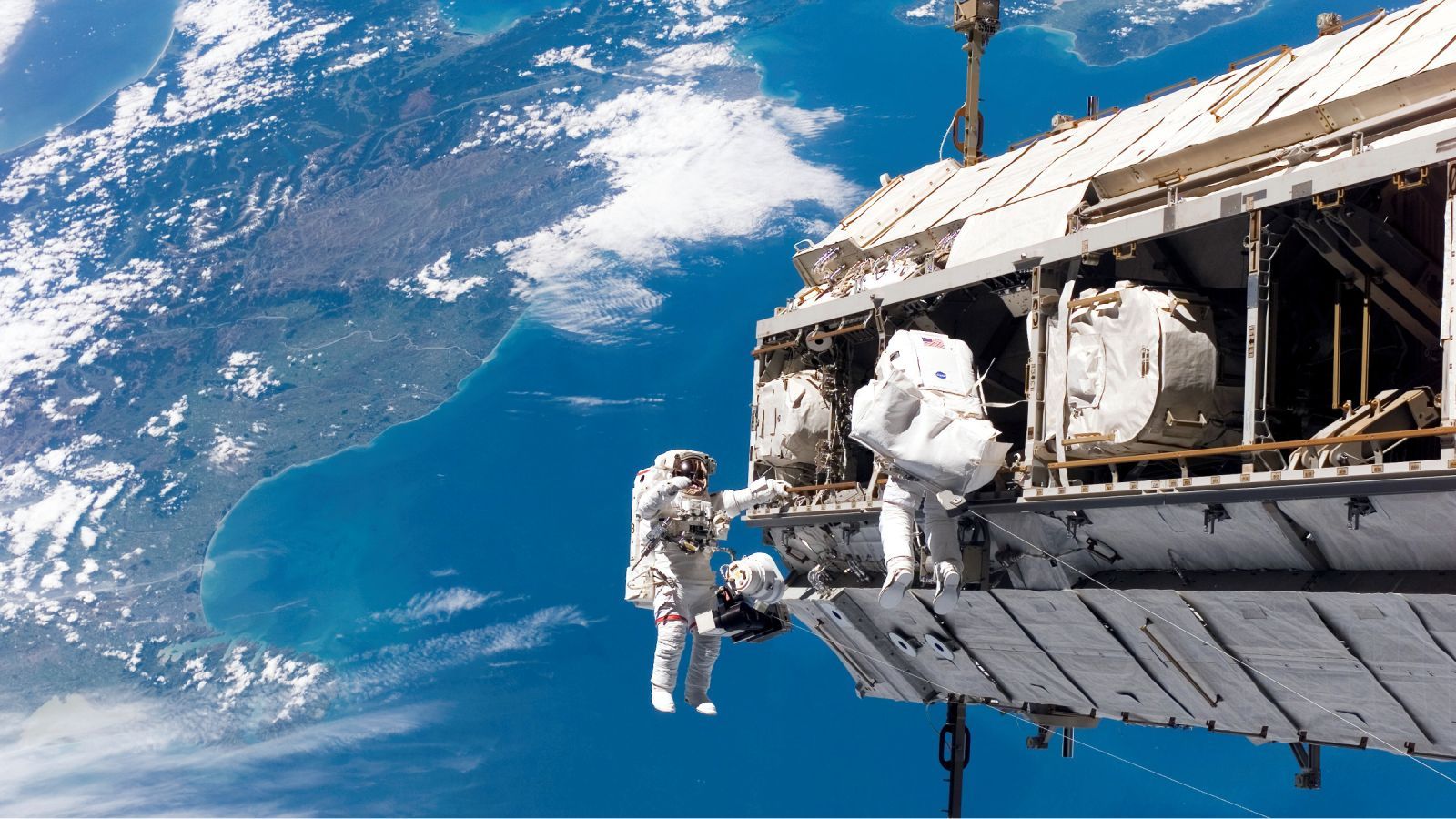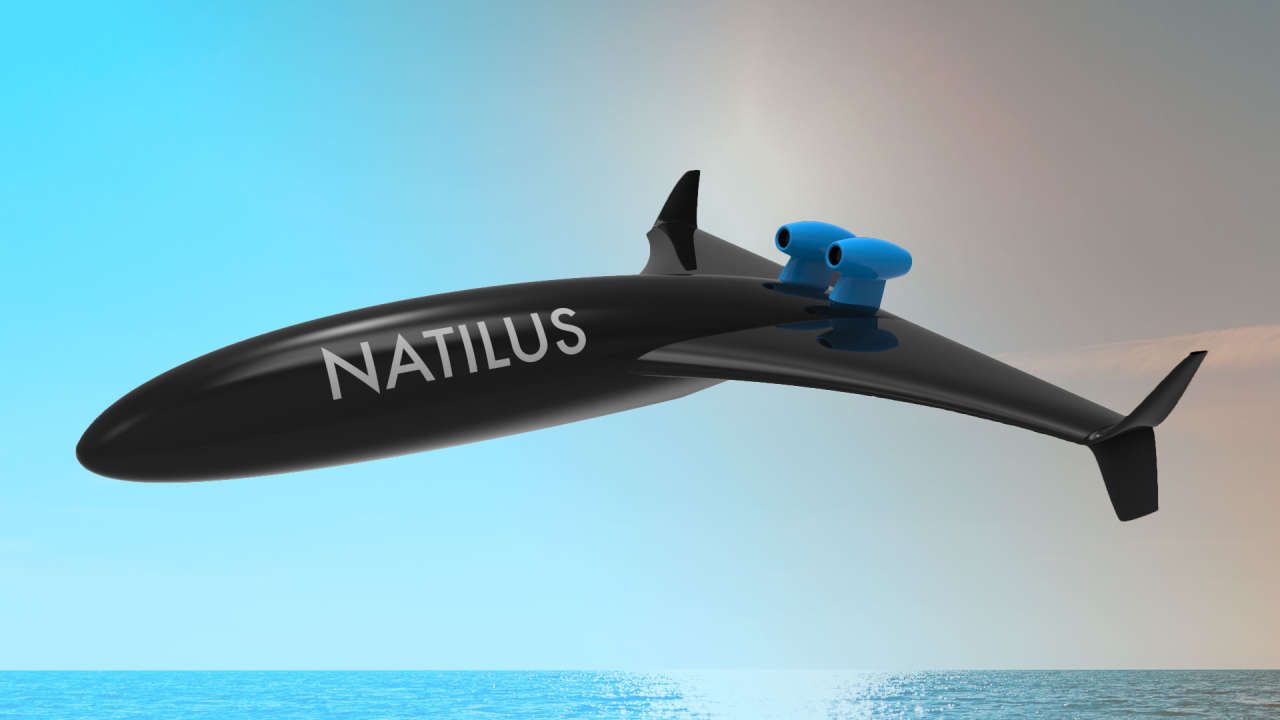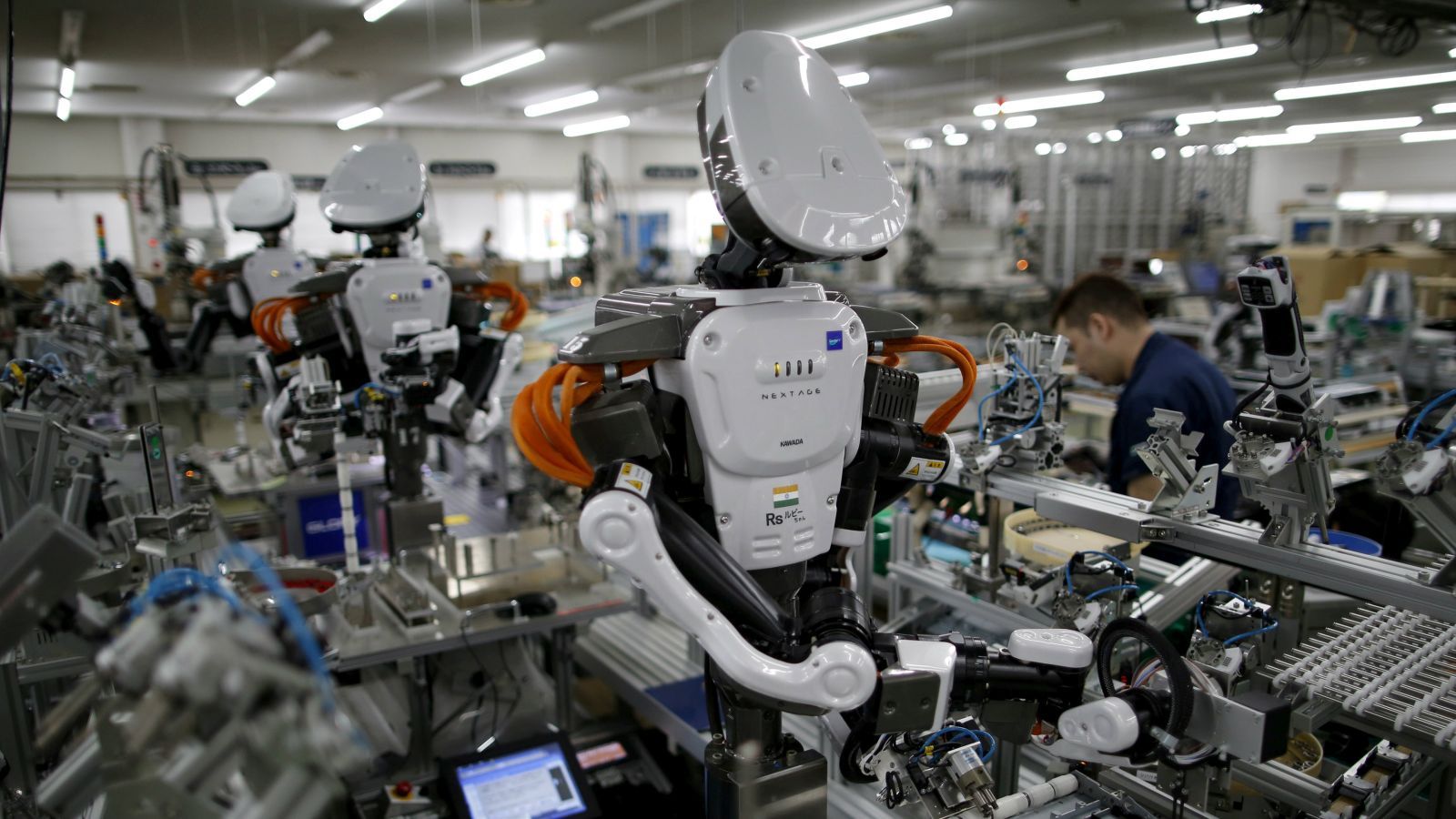Page 9952
Mar 28, 2017
The Blood-Repellant Coating That Not Even Geckos Can Stick To
Posted by Shailesh Prasad in category: biotech/medical
Mar 28, 2017
Brain Structure That Helps Us Understand What Others Think Revealed
Posted by Shailesh Prasad in category: neuroscience
By the age of four years we suddenly start to understand what other people think and that their beliefs about the world might differ from our own. We then manage to do what 3-year-olds are not yet capable of – we can put ourselves in someone else’s shoes. Researchers from the Max Planck Institute for Human Cognitive and Brain Sciences in Leipzig were able to show what supports this milestone in development: the maturation of a critical fibre connection in the brain.
Summary: Researchers identify brain areas associated with developing the ability to “put ourselves in other people’s shoes”.Source: Max Planck Institute. By the age of four years we suddenly st.
Mar 28, 2017
Mind-Blowing New Theory Connects Black Holes, Dark Matter, and Gravitational Waves
Posted by Andreas Matt in categories: cosmology, particle physics
The past few years have been incredible for physics discoveries. Scientists spotted the Higgs boson, a particle they’d been hunting for almost 50 years, in 2012, and gravitational waves, which were theorized 100 years ago, in 2016. This year, they’re slated to take a picture of a black hole. So, thought some theorists, why not combine all of the craziest physics ideas into one, a physics turducken? What if we, say, try to spot the dark matter radiating off of black holes through their gravitational waves?
Mar 28, 2017
The US government is pitting two hugely expensive space projects—the International Space Station and the Space Launch System—against each other
Posted by Simon Waslander in categories: government, space travel
In one corner, we have an international, orbital laboratory that cost over $150 billion to build and operate. In the other, a $23 billion and growing program to develop a huge new deep-space rocket and spacecraft to carry humans to the moon and beyond. Now, they will face off in a Darwinian struggle for survival, unless US lawmakers can find a third way.
“About half of the current [NASA] budget is allocated to low-Earth orbit endeavors which consist of the International Space Station, commercial cargo, and commercial crew,” a former NASA and Lockheed Martin executive, A. Thomas Young, told US lawmakers in February. “The other half of the budget is for human exploration which includes [the Space Launch System rocket] and Orion [spacecraft]. A $4.5 billion annual budget is clearly inadequate for a credible human exploration program. A choice must be made and made soon between [low-Earth orbit] and exploration.”
The decision won’t be made this year. Though there was an astronaut in the oval office as a beaming president Donald Trump signed a bill March 21 to fund NASA through 2018, it didn’t bring the government any closer to launching humans to the ISS, much less to distant planets.
Mar 28, 2017
A Startup’s Plan To Cut Air Freight Costs In Half With 777-Size Drones
Posted by Klaus Baldauf in categories: drones, robotics/AI
In 2020, Natilus’s huge unmanned planes could carry 200,000 pounds of goods across the world. But first, a 30-foot prototype must pass test runs.
Mar 28, 2017
Compelling new evidence that robots are taking jobs and cutting wages
Posted by Simon Waslander in categories: employment, robotics/AI
In his final speech as US president, Barack Obama warned of the “relentless pace of automation that makes a lot of good, middle-class jobs obsolete.” Bill Gates, co-founder of Microsoft, has said that governments will need to tax robots to replace forgone revenue when human workers lose their jobs.
If the past is prologue, these concerns are warranted.
In a recent study (pdf), economists Daren Acemoglu of MIT and Pascual Restrepo of Boston University try to quantify how worried we should be about robots. They examine the impact of industrial automation on the US labor market from 1990 to 2007. They conclude that each additional robot reduced employment in a given commuting area by 3–6 workers, and lowered overall wages by 0.25–0.5%.
Continue reading “Compelling new evidence that robots are taking jobs and cutting wages” »
Mar 28, 2017
Why Aging Is a Disease
Posted by Zoltan Istvan in categories: biotech/medical, economics, ethics, policy, robotics/AI, space, transhumanism
The first of my major #Libertarian policy articles for my California gubernatorial run, which broadens the foundational “non-aggression principle” to so-called negative natural phenomena. “In my opinion, and to most #transhumanist libertarians, death and aging are enemies of the people and of liberty (perhaps the greatest ones), similar to foreign invaders running up our shores.” A coordinated defense agianst them is philosophically warranted.
Many societies and social movements operate under a foundational philosophy that often can be summed up in a few words. Most famously, in much of the Western world, is the Golden Rule: Do onto others as you want them to do to you. In libertarianism, the backbone of the political philosophy is the non-aggression principle (NAP). It argues it’s immoral for anyone to use force against another person or their property except in cases of self-defense.
A challenge has recently been posed to the non-aggression principle. The thorny question libertarian transhumanists are increasingly asking in the 21st century is: Are so-called natural acts or occurrences immoral if they cause people to suffer? After all, taken to a logical philosophical extreme, cancer, aging, and giant asteroids arbitrarily crashing into the planet are all aggressive, forceful acts that harm the lives of humans.
There’s a new Elon company and a new post about it in the works. In the meantime, here’s a brush-up.
